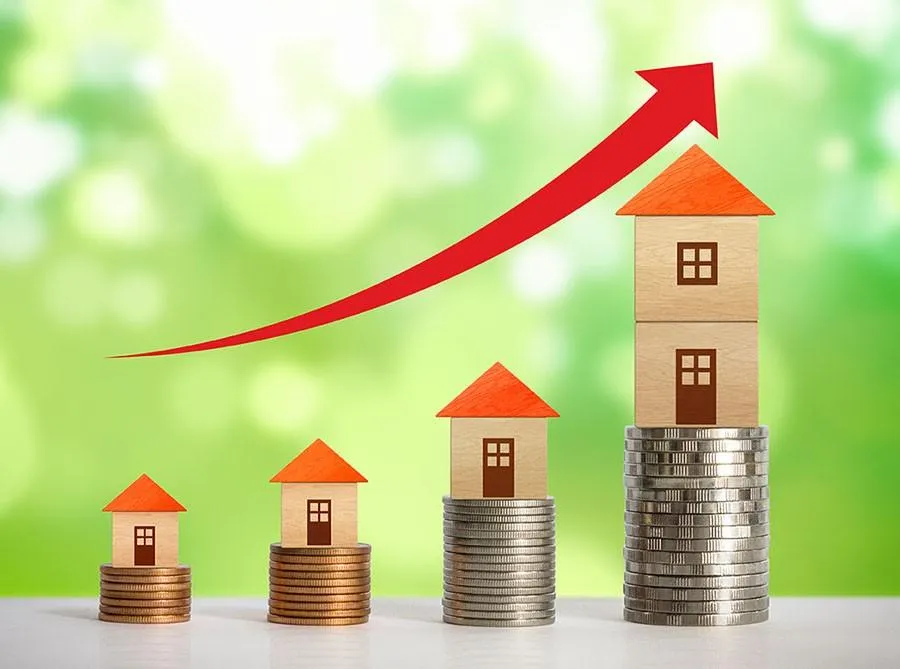Blog & Resources

Why Real Estate is Local — Even in a Recession
Why Real Estate is Local — Even in a Recession
By Michelle Stevenson, Co-Founder of Stone & Stucco
When headlines start throwing around the “R” word — recession — it’s easy to assume the worst for the real estate market. After all, a slowdown in the economy must mean a slowdown in housing, right?
Not exactly.
One of the biggest misconceptions about real estate is that it moves in lockstep with the national economy. In reality, real estate is hyper-local, and that’s especially true during times of economic uncertainty.
National Recession ≠ Local Real Estate Collapse
Over the past few decades, we've seen multiple recessions — each with different effects on housing. The 2008 Great Recession was a housing-driven crisis, so yes, real estate felt the pain across the board. But not all recessions look like that.
Take the 2020 COVID recession for example: while GDP dropped sharply and unemployment spiked, the housing market boomed. In many markets, prices surged due to low interest rates and a renewed desire for space.
Even in the early 2000s and early 1990s recessions, real estate held up relatively well in certain areas. The key difference? Local market fundamentals.
Real Estate is About Supply, Demand, and Desirability — Locally
What drives home values and demand isn't just the stock market or the Fed's latest announcement. It’s about what’s happening in your city — or even your neighborhood.
Here are a few local factors that often outweigh national trends:
Job growth in specific industries (e.g., tech in San Diego or Austin)
Population trends and net migration
Inventory levels (a shortage of homes can keep prices stable even in a downturn)
Development restrictions or land scarcity
Local infrastructure investments (new transit, parks, schools, etc.)
For example, here in San Diego, we’ve consistently seen strong demand driven by limited housing supply, coastal desirability, and a robust local economy. That’s why while some markets across the country might cool off, our region often remains resilient.
What This Means for Investors and Homeowners
If you’re a homeowner or investor reading national news and wondering whether now is the time to buy, sell, or sit tight — remember this: don’t let national fears cloud local facts.
Here’s what I recommend:
Track local data. Look at your city’s housing supply, median home prices, days on market, and job trends.
Focus on fundamentals. Great properties in great locations tend to hold their value long-term.
Think like a local economist. Ask: Is your market growing? Are people moving in? Are businesses hiring?
Final Thoughts
At Stone & Stucco, we’ve navigated changing markets before — and we know how important it is to stay grounded in the numbers that matter most: the ones happening on your street, not just on Wall Street.
Whether we’re flipping properties or building new construction, we always consider local demand, neighborhood trends, and long-term potential. Recessions may come and go, but well-located real estate with strong fundamentals will always be in demand.
CONTACT US